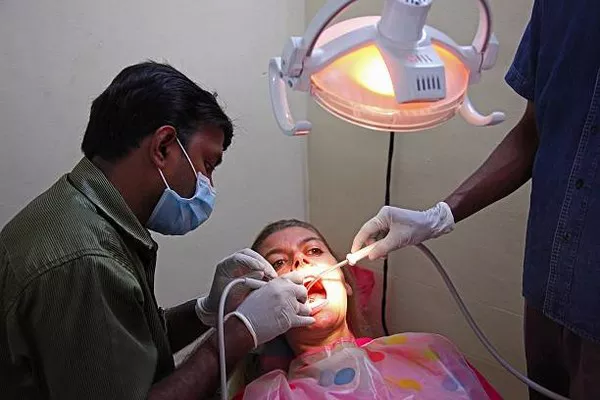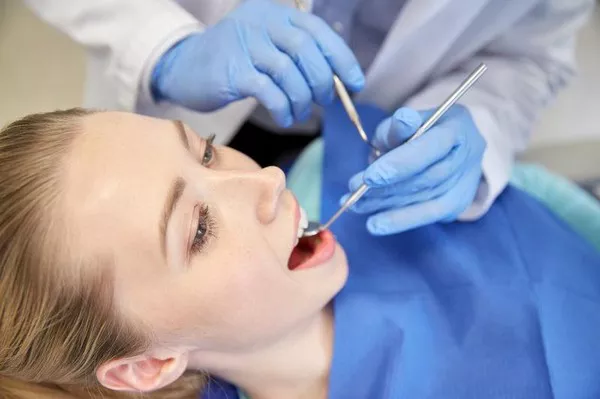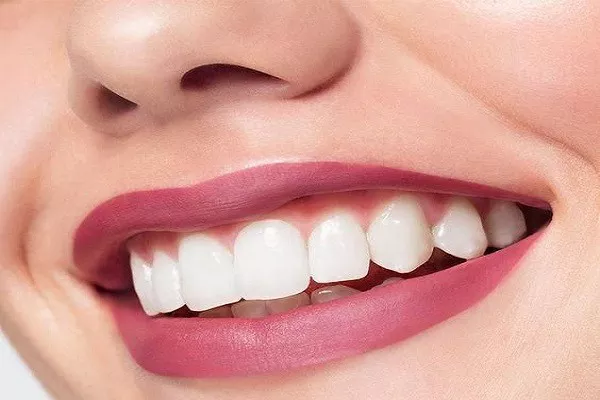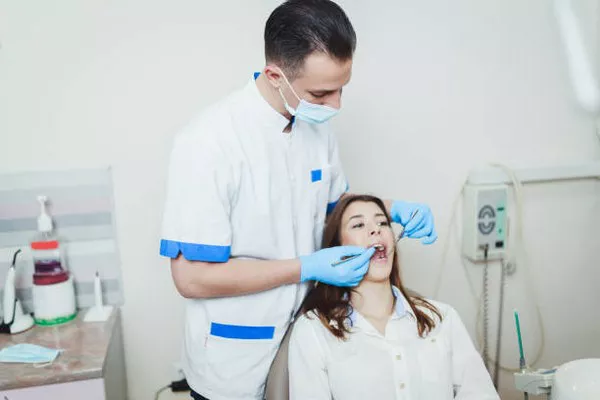Root canal therapy is a critical aspect of endodontic treatment, aiming to remove necrotic tissue, microorganisms, and infected dentin from the root canal system. In a recent study published in Scientific Reports, researchers explored a novel, minimally invasive approach utilizing blue light irradiation for root canal cleaning.
The study involved extracted human single-rooted teeth, categorized into nine groups: distilled water, NaOCl, intra-canal heated NaOCl, and NaOCl + EDTA irrigation after either instrumentation or non-instrumentation. Additionally, a laser application group following non-instrumentation technique was included. The evaluation encompassed chemical assessment through energy dispersive spectroscopy (EDS) and Fourier transform infrared (FT-IR) spectroscopy, as well as surface microstructural analyses using scanning electron microscopy (SEM). Antimicrobial efficacy was assessed through microbial tests.
Results indicated that light application did not alter the root canal dentin’s calcium/phosphorus, carbonate/phosphate, and amide I/phosphate ratios. The root canal dentin retained its original chemistry and microstructure after light application. Instrumentation, regardless of irrigation solution or technique, led to a decrease in carbonate/phosphate and amide I/phosphate ratios of the root canal dentin. However, light application did not match the antibacterial efficacy of NaOCl irrigation, which significantly reduced bacterial count in both non-instrumentation and instrumentation groups.
Traditional root canal procedures, involving instrumentation and irrigation, can result in procedural errors and complications. Instrumentation creates a smear layer, limiting the penetration of antibacterial solutions and compromising sealing. In contrast, the non-instrumentation technique explored in this study, incorporating blue light irradiation, showed promise in reducing microbial load and preserving dentin.
The research team used blue light in the spectrum of 400–470 nm, known for its antibacterial effects against various pathogens. Previous studies demonstrated the efficacy of blue light against endodontic pathogens. The antibacterial mechanism involves the excitation of microbial chromophores, leading to the generation of reactive oxygen species. Importantly, microorganisms do not develop resistance to blue light in the long term.
The study also addressed concerns about the potential deleterious effects of blue light on dental tissues, particularly the root canal dentin. Results indicated that the direct application of blue light did not adversely affect the chemical and mechanical properties of dental tissues.
In conclusion, the innovative approach of non-instrumentation root canal cleaning with blue light irradiation, followed by obturation using a hydraulic cement sealer, presents a promising alternative for the management of vital teeth requiring root canal therapy. This technique avoids the detrimental effects associated with traditional instrumentation and irrigation procedures. Further research is warranted to explore the long-term effectiveness and applicability of this minimally invasive approach in clinical settings.






























